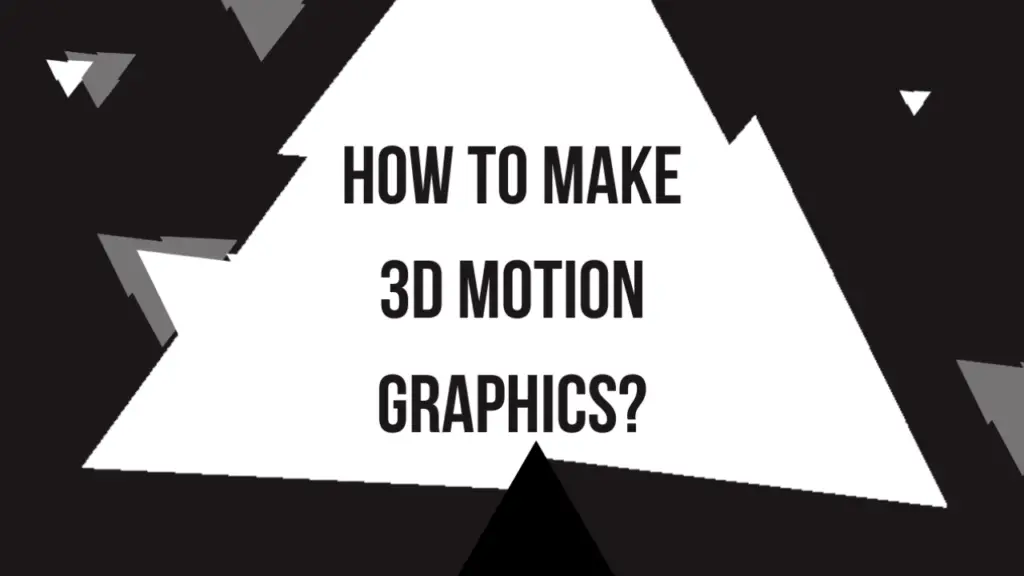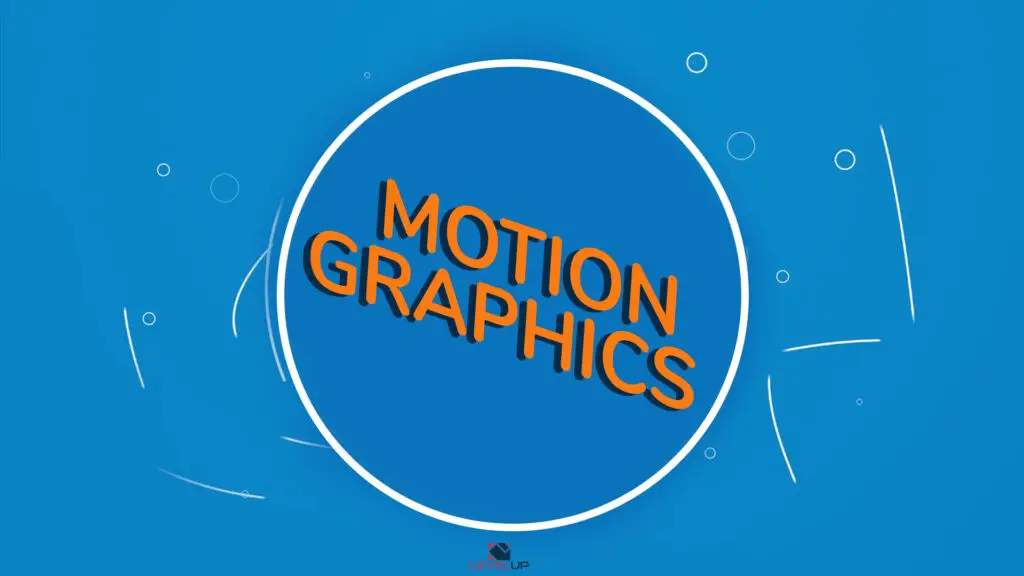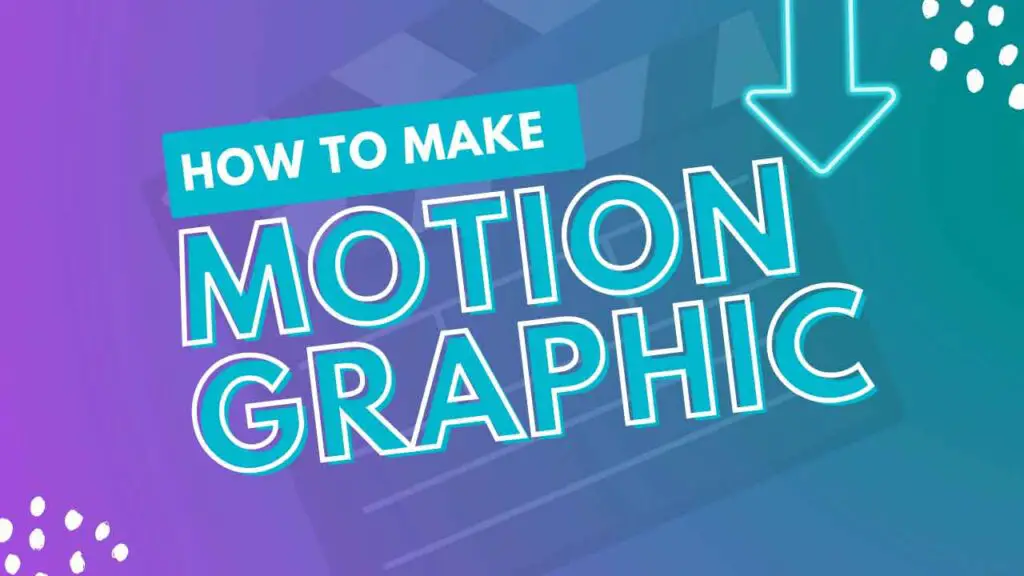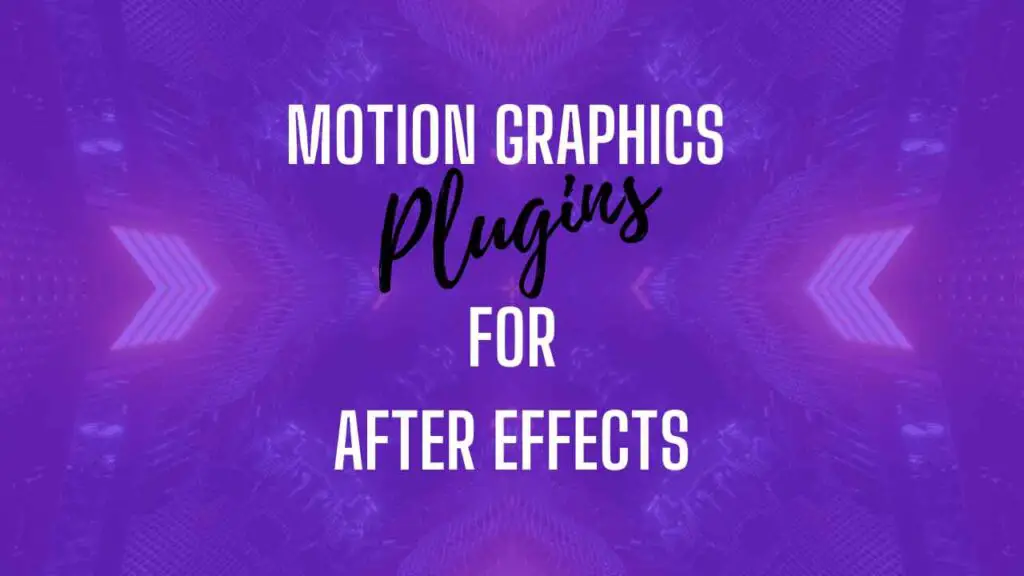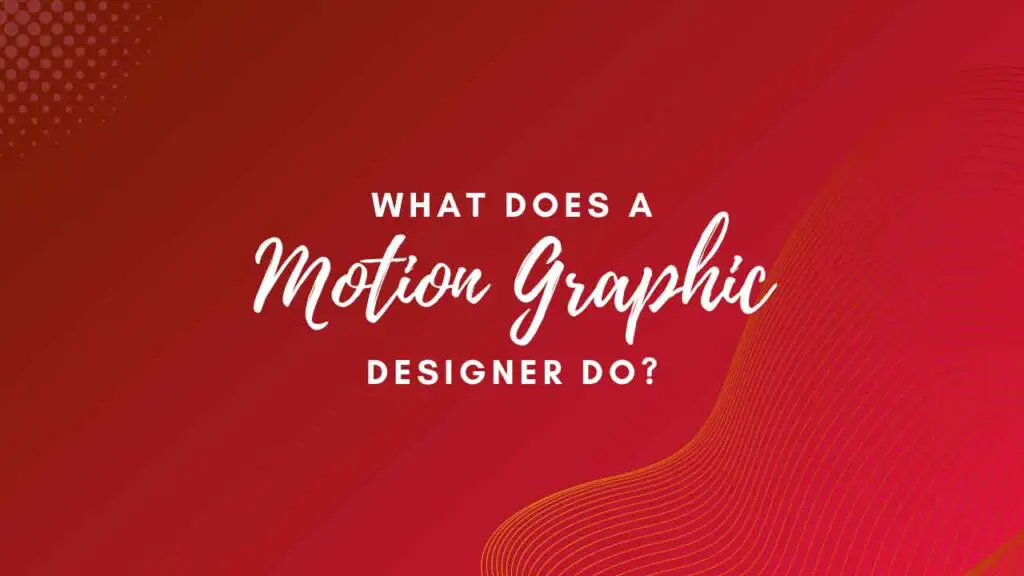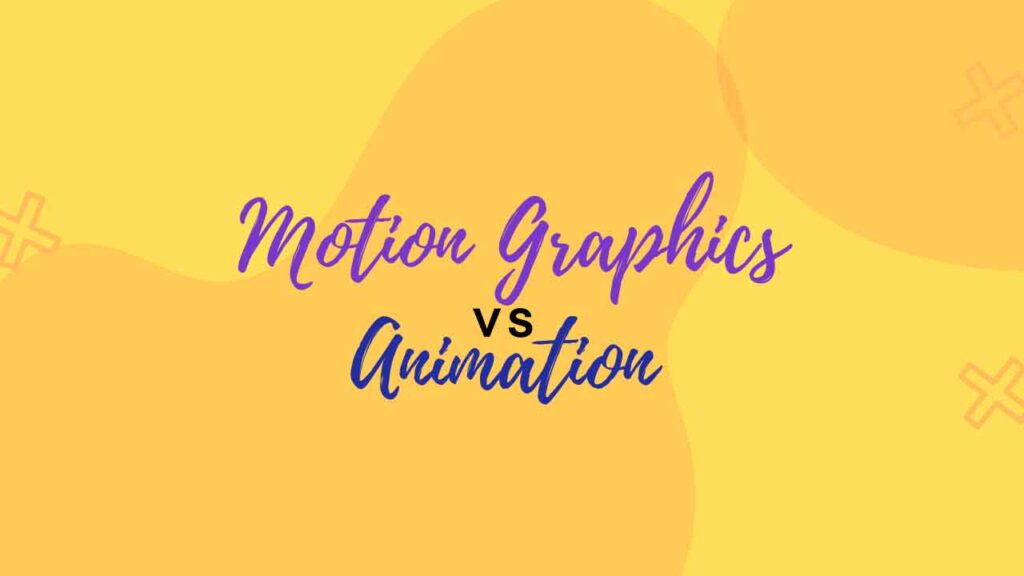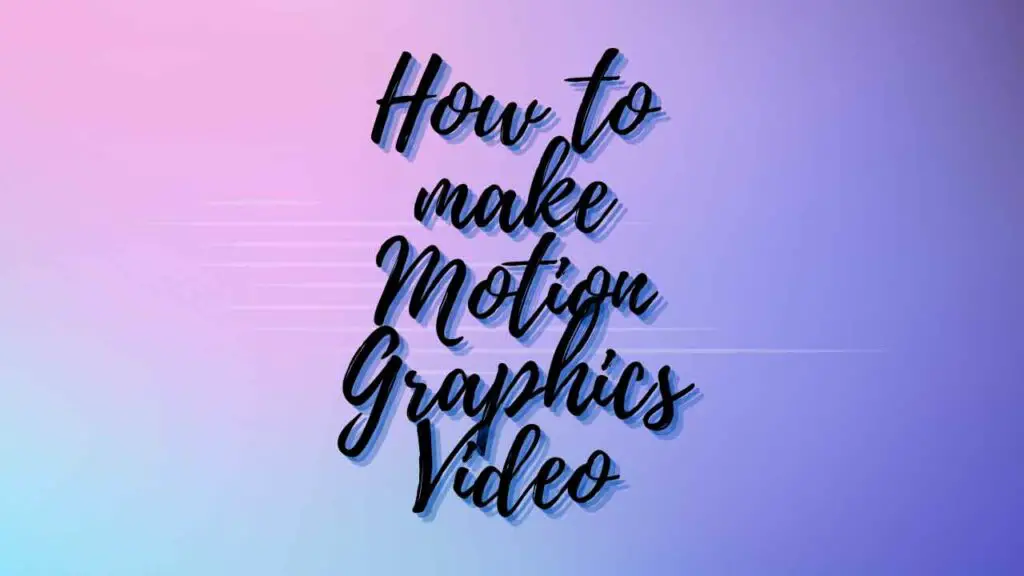THIS ARTICLE MAY CONTAIN AFFILIATE MARKETING LINKS! IN CASE YOU MAKE A PURCHASE THROUGH ONE OF THE LINKS, WE'LL GET A SMALL COMMISSION. WITH NO EXTRA CHARGES TO YOU. THANKS!!
So, you know when you’re watching a video, and there’s this cool blend of graphics, animation, and sound that just grabs your attention? Well, that’s what we call motion graphics! And let’s explore the concept of motion graphics and see how to make 3d motion graphics.
In a nutshell, motion graphics are animated visuals that bring static designs to life. Imagine your favorite infographic suddenly doing a little dance on your screen—that’s the magic of motion graphics. It’s like the artist took a paintbrush to your visuals and added a sprinkle of movement.
Motion graphics is a term that describes animated graphic design. It involves moving or transforming design elements such as shapes, text, and images, often to communicate information or create a certain mood. Motion graphics can be used for various purposes, such as creating title sequences, explainer videos, infographics, logos, and more.
Here’s an example of motion graphics, The opening credits of the TV series True Detective, which use double exposure techniques to create a mysterious and noir-like atmosphere.
Motion graphics can be created using various software tools, such as Adobe After Effects, Cinema 4D, Blender, and more. You can also use online platforms like InVideo to make motion graphics with templates and examples.
What makes motion graphics so rad is their versatility. They can be simple and sleek or intricate and mind-bending, depending on the vibe you’re going for. Picture a logo morphing into different shapes or text floating gracefully across the screen – that’s the kind of visual jazz that motion graphics can bring to the table.
The 4 key phases of creating motion graphics
Creating motion graphics is like orchestrating a symphony of pixels, and it unfolds in four fantastic phases. Let’s break it down:
- Conceptualization – Dream it Up: Imagine you’re in a brainstorming session, but with a dash of visual flair. This phase is all about ideation. What’s the story you want to tell? What emotions do you want to evoke? Here, you’re sketching out the blueprint, deciding on the visual language, and figuring out the overall vibe. It’s the creative hub where ideas collide and sparks fly.
- Design – Craft the Visual Symphony: Once the concepts are in place, it’s time to put on your digital artist beret. In this phase, designers dive into their creative software playgrounds. They’re sculpting graphics, choosing color palettes, and ensuring every visual element is not just pleasing to the eye, but also harmonizes with the intended message. It’s like setting the stage for a blockbuster performance.
- Animation – Cue the Movement: Lights, camera, action – it’s showtime! Animation is where static graphics transform into dynamic wonders. Designers bring their creations to life, deciding how each element will move, when it will make its entrance, and when it’ll gracefully exit stage left. Keyframes become the choreographer’s best friend, dictating the rhythm of the visual dance. It’s the heartbeat of motion graphics.
- Finalization – Polish and Shine: The curtain’s about to rise, but before it does, there’s a crucial last act. The finalization phase is all about fine-tuning. It involves reviewing the entire production, ensuring that every pixel is in its right place, and that the motion flows seamlessly. It’s like the director doing a final run-through before the big premiere. This phase ensures that what you envisioned in the conceptualization phase is what your audience will experience.
And voila! You’ve just witnessed the epic journey from brainstorming concepts to the dazzling spectacle of animated graphics. Each phase is a piece of the puzzle, contributing to the creation of motion graphics that captivate, communicate, and leave your audience in awe.
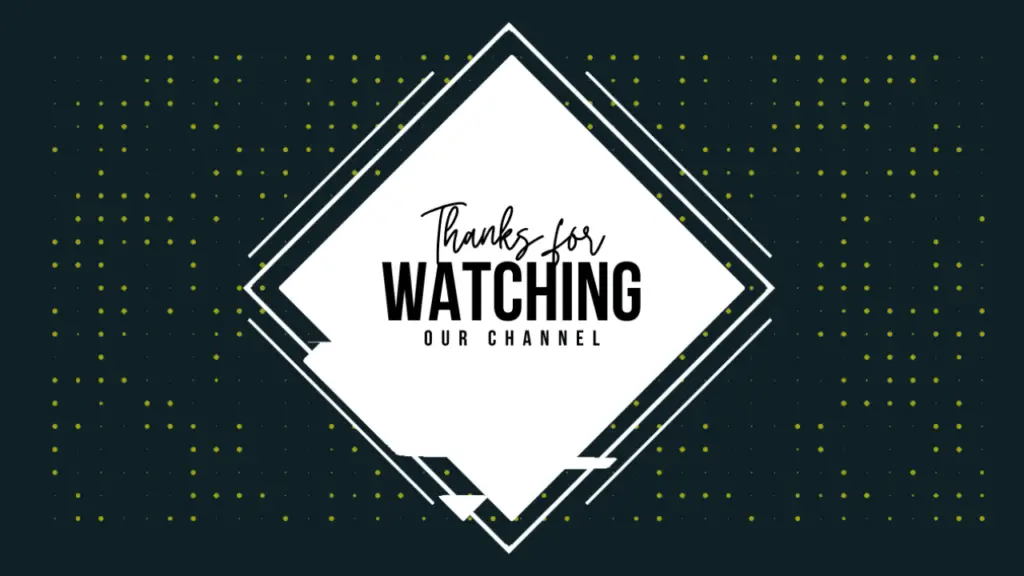
How to make 3D motion graphics?
To add that extra dimension to your visuals? Let’s dive into the awesome process of creating 3D motion graphics:
- Conceptualization in 3D – Envision the Depth: First things first, put on your visionary hat. What’s the story you want to tell, and how can the third dimension enhance it? Think about layers, depth, and how elements will interact in the virtual space. Sketch out your 3D dreams, envisioning a world where your graphics can pop out of the screen.
- Modeling – Sculpt Your Virtual Reality: Welcome to the sculptor’s workshop! In the modeling phase, you’re creating the 3D objects that will star in your motion graphic masterpiece. This involves shaping and molding digital models using specialized software. Whether it’s a sleek logo, a bouncing ball, or an entire futuristic cityscape – this is where your ideas take tangible form.
- Texturing and Lighting – Paint with Pixels and Illuminate: Now that you have your 3D models, it’s time to give them life. Texture is like the skin of your 3D creation, adding realism and personality. Meanwhile, lighting sets the mood – do you want a soft, ambient glow or a dramatic spotlight? This phase is like painting and setting up the stage simultaneously, creating an environment where your 3D elements can shine.
- Animation in 3D Space – Choreograph the Extravaganza: 3D animation is where the magic truly happens. Remember keyframes? They’re your guiding stars here, dictating how your 3D elements move, rotate, and dance through space. You’re not just working on a flat canvas anymore; you’re orchestrating a symphony of movement in a three-dimensional realm. It’s dynamic, it’s exciting, and it’s where your graphics come alive.
- Rendering – Capture the Magic: Once your animation is ready, it’s time to hit the render button. Rendering is like taking a snapshot of each frame of your animation, turning your dynamic creation into a series of still images. This process requires some computing muscle, as 3D graphics can be quite demanding. But fear not, the result is well worth the wait.
- Post-Production – Add the Final Flourish: Your 3D motion graphics are almost ready for their grand debut, but a bit of post-production finesse can elevate them even further. This might involve tweaking colors, adding effects, or integrating your creation into a larger video project. It’s the last chance to polish and refine before the big reveal.
And there you have it – a journey from conceptualization to a fully-fledged 3D motion graphic extravaganza. So, gear up, experiment with those virtual tools, and let your creativity soar
Secrets of Motion Graphics
Why do we love motion graphics? Well, they’re like the secret sauce of visual storytelling. They grab your attention, convey information in a dynamic way, and let’s be real – they’re just plain cool. So next time you’re watching something online and those graphics start grooving, tip your hat to the unsung heroes of the digital world – motion graphics!
They’re a flexible storytelling tool
Motion graphics are a flexible and powerful way to tell stories. They can combine visual, auditory, and textual elements to create engaging and memorable narratives. Motion graphics can also convey complex or abstract ideas in a simple and clear way, making them suitable for educational or informative purposes. Motion graphics can also appeal to different audiences and styles, as they can be customized with various colors, fonts, animations, and sounds.
Let’s talk about why motion graphics are the rockstars of flexibility when it comes to spinning a compelling tale:
- Visual Dynamism – Bringing Stories to Life: Motion graphics are like the superheroes of visuals. They take static images and infuse them with movement, transforming a narrative from a mere story into a living, breathing experience. Imagine your words leaping off the page and doing a lively jig – that’s the power of visual dynamism at play.
- Adaptability Across Platforms: One of the coolest things about motion graphics is their versatility. Whether you’re telling your story on social media, in a presentation, or as part of a video, these dynamic visuals seamlessly adapt to different platforms. They’re the chameleons of storytelling, fitting into any context you throw at them.
- Condensing Complex Ideas: Ever tried explaining a complex concept with just words? It can be a bit like juggling flaming torches. Motion graphics swoop in as your trusty sidekick, simplifying intricate ideas into digestible, visually appealing bites. They’re the storyteller’s secret weapon for making the complex feel like a walk in the park.
- Emotional Connection through Movement: Humans are wired to respond to movement. Motion graphics tap into this fundamental aspect of our nature, evoking emotions through the artful dance of visuals. It’s not just about what you say; it’s about how you make your audience feel, and motion graphics are the emotional maestros of storytelling.
- Narrative Pacing and Rhythm: Every story has its own rhythm, its own heartbeat. Motion graphics allow you to control the pacing of your narrative with precision. Speed up for excitement, slow down for contemplation – it’s like conducting a symphony where the tempo is dictated by the flow of your graphics.
- Enhanced Engagement: Let’s face it, we’re living in the age of short attention spans. Motion graphics grab your audience’s attention and keep them hooked. The combination of movement, visuals, and narrative creates an engaging experience that captivates your audience from start to finish.
So, there you have it – motion graphics are your storytelling Swiss Army knife, ready to adapt, simplify, engage, and make your narratives pop. Whether you’re a blogger, marketer, or just someone with a story to tell, motion graphics are your dynamic ally in the world of storytelling!
